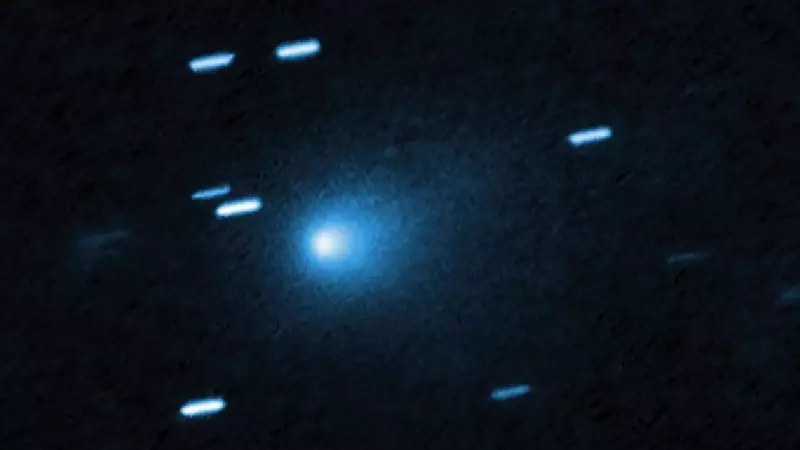
In an extraordinary celestial spectacle that has astronomers worldwide buzzing with excitement, the mysterious interstellar comet known as 3I Atlas is set to make its closest approach to the Sun between October 29-30. This rare cosmic visitor, often referred to as the 'Black Swan' event due to its unexpected nature, represents one of the most significant astronomical occurrences of our time.
A Visitor from Beyond Our Solar System
What makes 3I Atlas particularly fascinating is its origin story. Unlike regular comets that orbit our Sun, this interstellar traveler comes from the depths of space beyond our solar system, making it only the third such object ever discovered by astronomers. Space agencies NASA and ESA have been closely monitoring its trajectory as it journeys through our cosmic neighborhood.
The Black Swan Event Unfolds
The term 'Black Swan' perfectly captures the unexpected and rare nature of this celestial event. Such interstellar visitors provide scientists with unprecedented opportunities to study material from other star systems, offering clues about the formation of planetary systems far beyond our own.
Why This Week Matters for Astronomy
This week's close solar approach represents a critical moment for scientific observation. As the comet nears the Sun, increased solar heating will cause it to become more active, potentially revealing valuable information about its composition and structure. Astronomers are particularly interested in studying how this interstellar object differs from comets native to our solar system.
NASA and ESA's Collaborative Efforts
The coordinated efforts between NASA and ESA highlight the global significance of this event. Both space agencies have deployed their most advanced telescopes and observation equipment to capture every possible detail of the comet's journey. The data collected could revolutionize our understanding of how planetary systems form throughout the galaxy.
For astronomy enthusiasts and professional scientists alike, the passage of 3I Atlas serves as a humbling reminder of the dynamic and interconnected nature of our universe. While the comet won't be visible to the naked eye, its scientific impact will resonate throughout the astronomical community for years to come.





